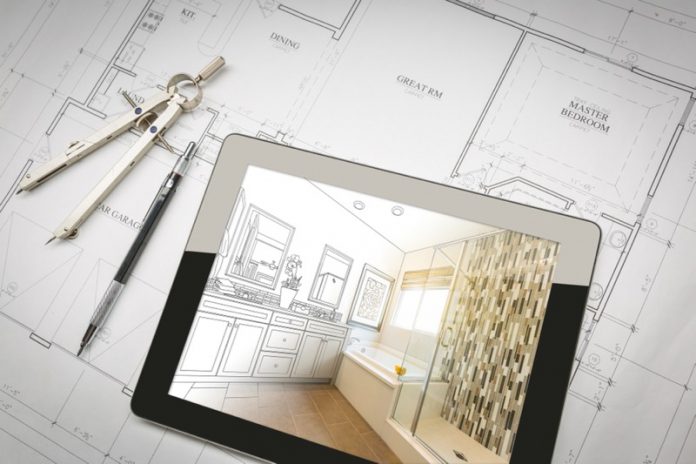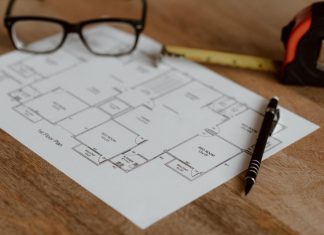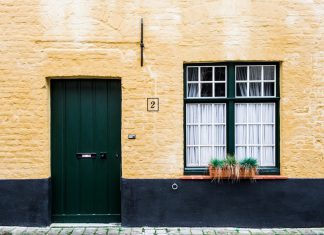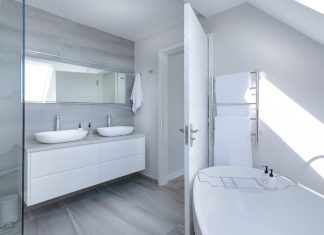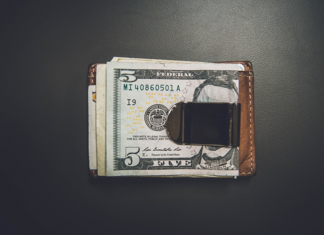Ever wondered why home renovation TV shows are so popular? It might have something to do with how these shows satisfy people’s curiosity on how to improve their homes.
The before-and-after transformation is also something many homeowners look forward to as it may encourage them to renovate their homes.
Bathroom renovations are especially popular. However, while it’s an exciting task, several considerations and issues along the way can take all the fun out of it.
The best way to make your bathroom renovation less overwhelming and expensive, as well as cut down on the time spent is to follow a checklist.
At Precise Services Adelaide, we’ve got a lot of experience in bathroom renovations, so, we’ve come up with a simple checklist that can help you stay on track and ensure a smooth bathroom renovation project.
Planning
Planning your bathroom renovation helps you begin with a clean slate and fill up the blanks before getting started on the actual renovation process. It’s pretty simple.
All you have to do is answer the following questions –
- What type of flooring do you want?
- How much storage space do you need and how can you create that?
- Shower, tub, or both?
- What bathroom features would you want in your new bathroom?
- What’s your preferred design?
- How much are you budgeting for the project?
- When will be most convenient for you?
1. Setting a Timeline
This is where you have to come up with a realistic timeline for your project. The size of the bathroom plays a huge role here.
For instance, a small bathroom wouldn’t take as much time to tile as a bathroom twice its size. However, if the smaller bathroom requires more features to be changed or added, then you can expect it to take a little more time.
Generally speaking, a sufficient timeline would look something like this –
- 1 to 2 weeks for planning and picking out all the pieces.
- 2 to 3 days for demolition and clean up.
- 2 to 5 weeks for building and installation.
- 1 week for electrical works and plumbing.
- 1 to 2 days for final clean up.
To save on time, once you’re done with the planning stage and have figured out what features you want, go ahead and order all the necessary items so they arrive early enough.
2. Demolition
For this very important step, consider the following –
- What are you demolishing?
- How will you get rid of the demolition rubbish?
- Will you pay for rubbish disposal?
You may consider hiring a professional junk removal company like We Love Junk who can take care of the demo and disposal at the same time. Afterwards, be sure to check the bathroom skeleton for any issues. Your amateur once-over might not reveal much. Fortunately, your contractor will check the plumbing, drainage, and electrical lines thoroughly before the construction process begins.
3. Design and Style
- Flooring – Engineered Wood, Porcelain Tiles, Ceramic Tiles, Vinyl Floor Tiles, Natural Stone, Laminate Flooring, Concrete Flooring, and even choice of grout.
- Shower – Alcove, Square, Round, Freestanding, Brick Wall, Corner Enclosure Shower.
- Bathtub – Free-Standing, Alcove, Drop-In, Corner.
- Natural Lighting – Wall Window or Skylights.
- Artificial Lighting – Recessed, Ceiling, Vanity, Wall.
- Light Fixtures – Retro Lighting, Traditional Fixtures, Chandelier, Glass Pendants.
- Mirror – Wall, Decorative, Full Length, Floor, Pivot, Lightened.
4. Choosing a floor plan/layout
- Ensuite or separate toilet
- Shower, bathtub, or both
- Extra storage room
- Open floor space.
5. Finishings
To bring the look together, you’ll have to figure out your preferred bathroom finishings. Luckily, there’s a lot you could do here.
With the list below, you’re spoilt for choice –
- Shower Finishings – Chrome, Polished Brass, Polished Brass, Polished Nickel, Stainless Steel, Decorative Ceramic, Matte.
- Cabinetry – Framed or Frameless, Free-Standing, Wood or Laminate, Stained, Distressed, Antiqued, Or Glazed.
- Sinks – Vitreous China, Enameled Cast Iron or Steel, Stone, Glass, Acrylic, Bronze, Copper.
- Faucets – Single-Hole, Vessel, Centre set, Wall Mounts, Widespread, Bridge, Deck Mount.
- Toilet – One-Piece, Two-Piece, Wall Hung, Smart, Tankless, Corner.
- Shower Drain – Point, Linear, Three-Piece, One-Piece, Multi-Piece.
- Storage Space – Medicine Cabinet, Mirror Cabinet, Robes and Towel Hooks, Over-the-Door Shelf, Storage Ladder, Baskets, Tool Organiser, Stack Shelves, Built-Ins.
- Décor – Wallpaper, Window Treatments, Art Work.
Use the checklist above as the ultimate guide to your bathroom renovation. You could write everything down on paper or go a step further and get a writing board.
Put up pictures of every choice you make and of course have a section to cross anything you are done with off the checklist.
On the subject of crossing off steps, a very important part of a bathroom renovation is following an efficient sequence to the project.
6. Construction Sequence
Demolition always comes before the actual construction process. Once you are done cleaning out the debris and such, it’s time to start fixing up other stuff.
We recommend starting at the top of the room. That said, start with the ceiling and move onto the walls, after which you can handle the floor and install any other features.
7. Permits
Certain home improvement projects require a permit from your local municipal government office.
Minor projects such as replacing a faucet or adding wallpaper and such do not require these permits. However, plumbing, major electrical works, water heater installation, structural changes, and such often require building permits.
Check with your local authorities or let your contractor handle this aspect of the project.
8. Unforeseen Costs
You must have set up a bit of money for miscellaneous items in your budget. These could be expenses due to unforeseen situations or hidden problems.
It’s best to keep an eye out. A few examples of such expenses include finding mould during demolition, discovering corroded and leaking plumbing, floor and wall water damage, upgrading electrical wiring or plumbing to current standards especially if it’s an old house, rotten wood, etc.
9. Plumbing
This is probably one of the most important parts of a bathroom. The plumbing of your bathroom – and the rest of your house – is an intricate system.
To promote hygiene and ensure functionality, your plumbing must be correctly installed and maintained. So, be sure to find a trustworthy company for this.
At this point, you’re probably itching to start your bathroom renovation. Slow your roll now, easy does it. Remember the proposed timeline.
Make adequate plans first. Be sure to get professional help. A lot of the steps involved in remodelling a bathroom is no child’s play.
